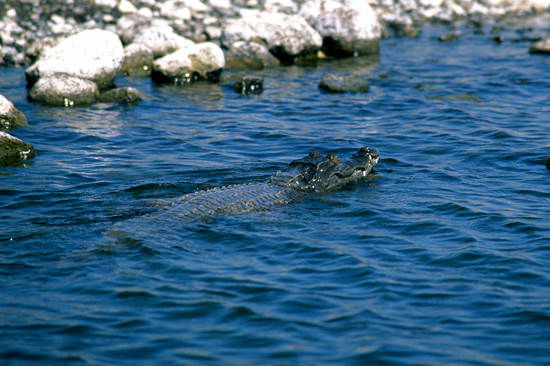World heritage organisation Unesco has raised concerns over the effects of Ethiopia’s Gibe III Dam to Lake Turkana as a heritage site.
The World Heritage Committee that has been meeting in Manama the capital city of Bahrain since June 24th said that the dam has disruptive effect on the flow and ecosystem of Lake Turkana.
Additionally, the committee also said that the Kuraz Sugar Development Project poses further threat to the site.
Gilgel Gibe III Dam is a 243 m high roller-compacted concrete dam with an associated hydroelectric power plant on the Omo River in Ethiopia.The US$1.8 billion project began in 2006 and began to generate electricity in October 2015.
UNESCO opposed construction of the dam which was inaugurated at the end of 2016 and also serves to water vast new sugar cane plantations.
“The dam’s impacts on the lake water levels are already becoming evident,” UNESCO warned.
Read Also:Richard Leakey commissions new museum in Turkana
“The data provided shows an overall rapid decline in water levels since January 2015 when the impounding of the Gibe III reservoir commenced, and that seasonal fluctuation patterns have been heavily disrupted.”

The Lake Turkana National Parks site was inscribed on the World Heritage List in 1997.
The most saline of Africa’s large lakes, Turkana is an outstanding laboratory for the study of plant and animal communities.
The three National Parks serve as a stopover for migrant waterfowl and provide major breeding grounds for the Nile crocodile, hippopotamus and a variety of venomous snakes.
The Koobi Fora deposits, rich in mammalian, molluscan and other fossil remains, have contributed more to understanding paleo-environments than any other site on the continent.
The List of World Heritage in Danger is designed to inform the international community of conditions threatening the very characteristics for which a property has been inscribed on the World Heritage List (i.e. armed conflicts, natural disasters, uncontrolled urbanization, poaching, pollution) and to encourage corrective measures.
The 42nd session of the World Heritage Committee continues until 4 July. It will begin examining nominations for inscription on the World Heritage List on the afternoon of 29 June.

